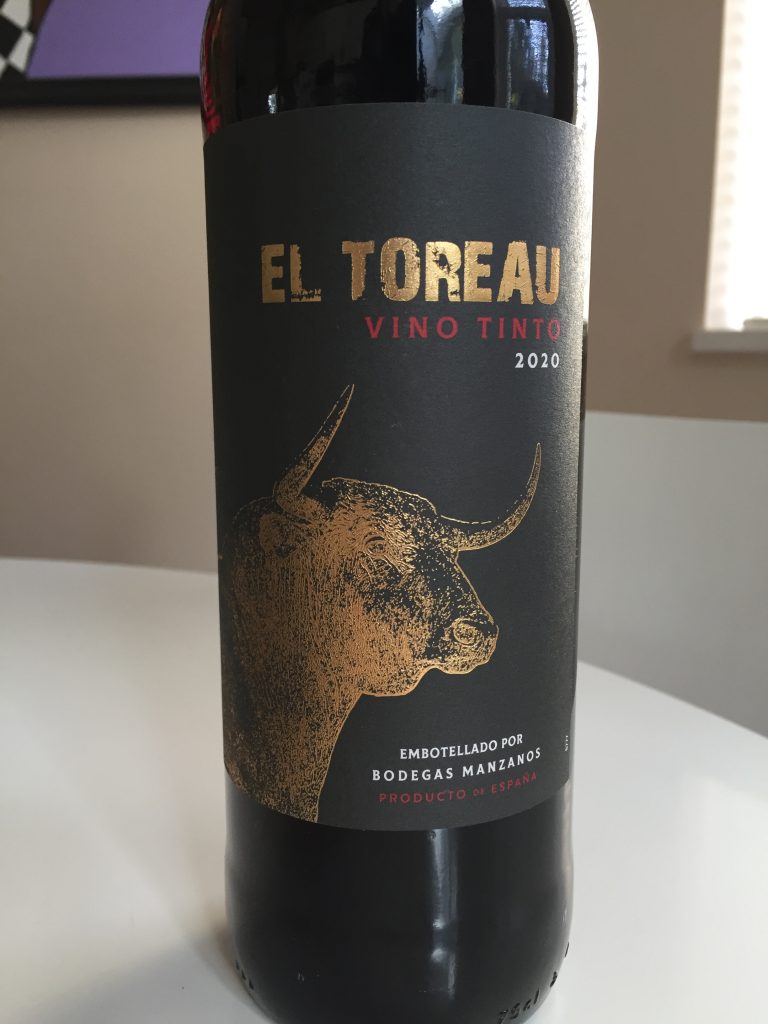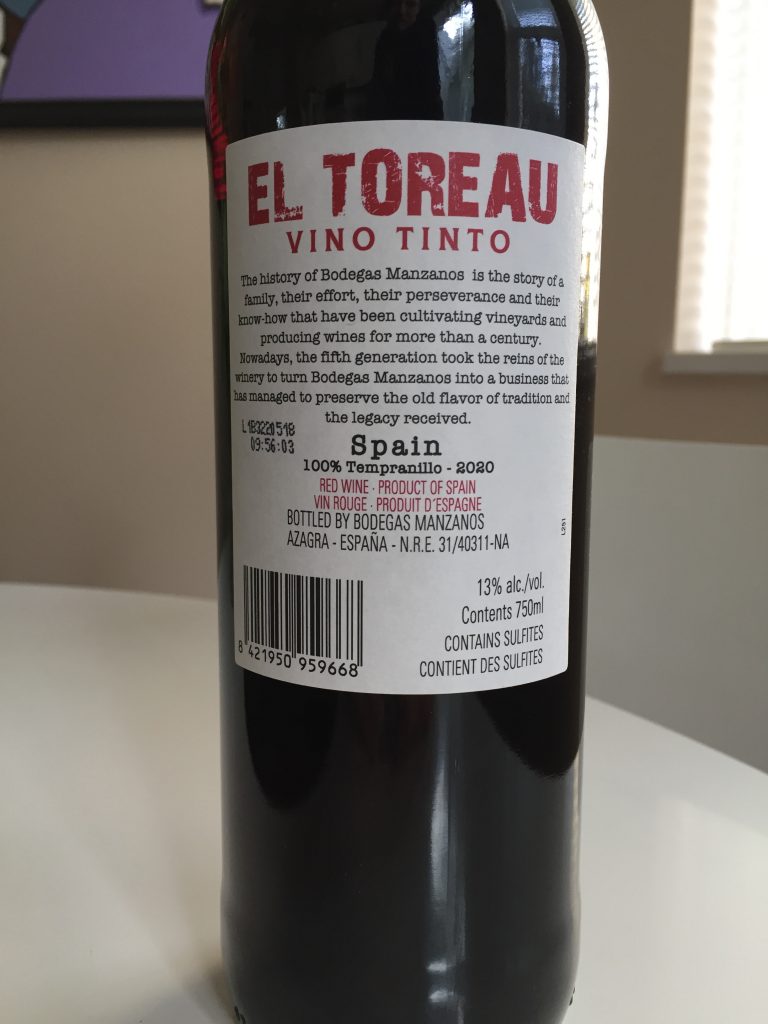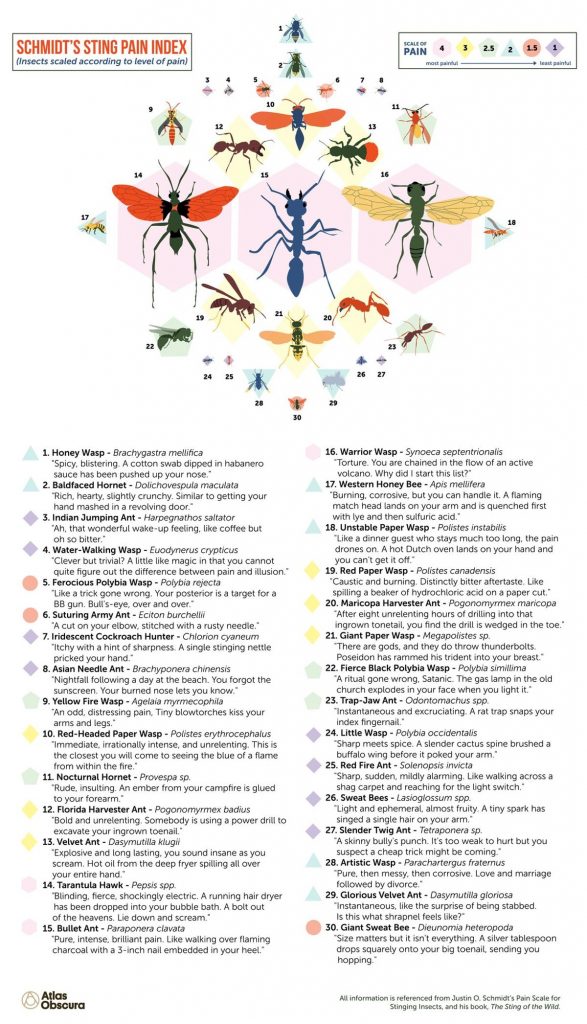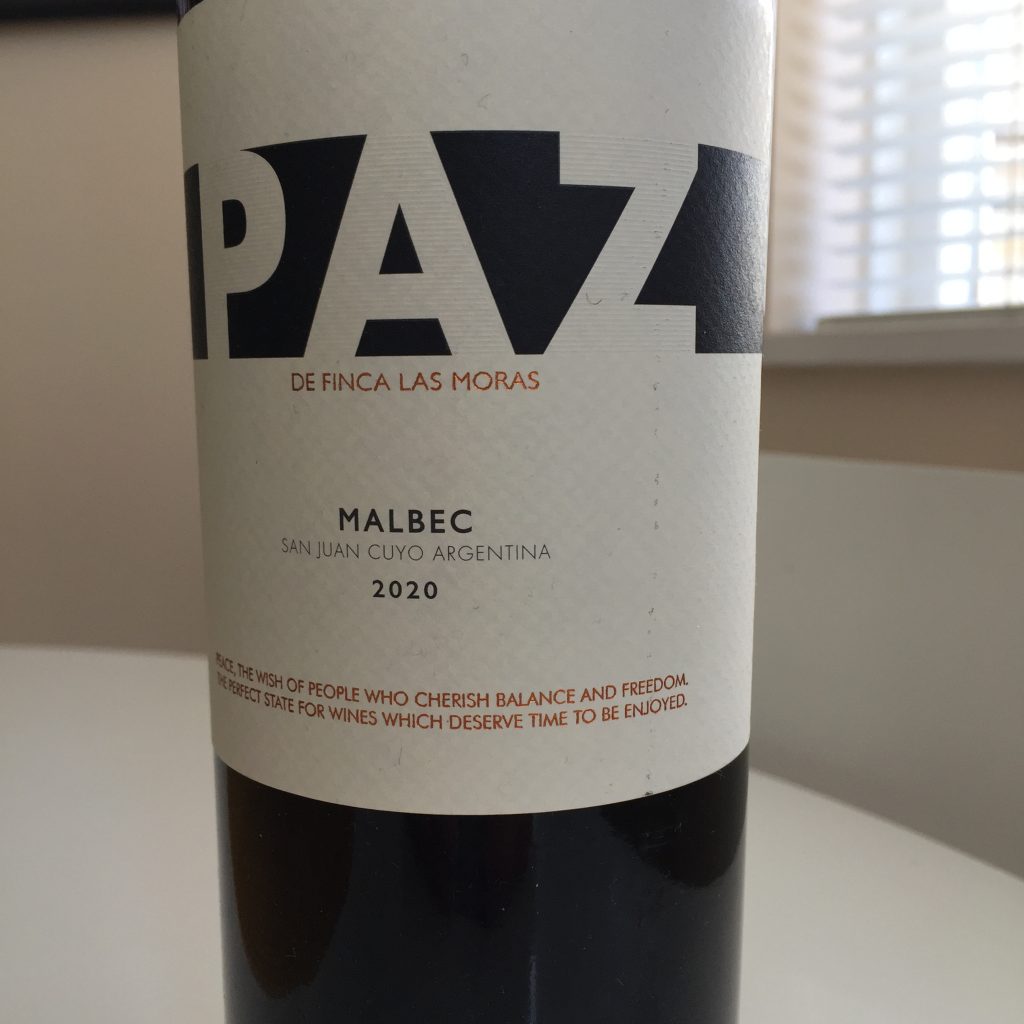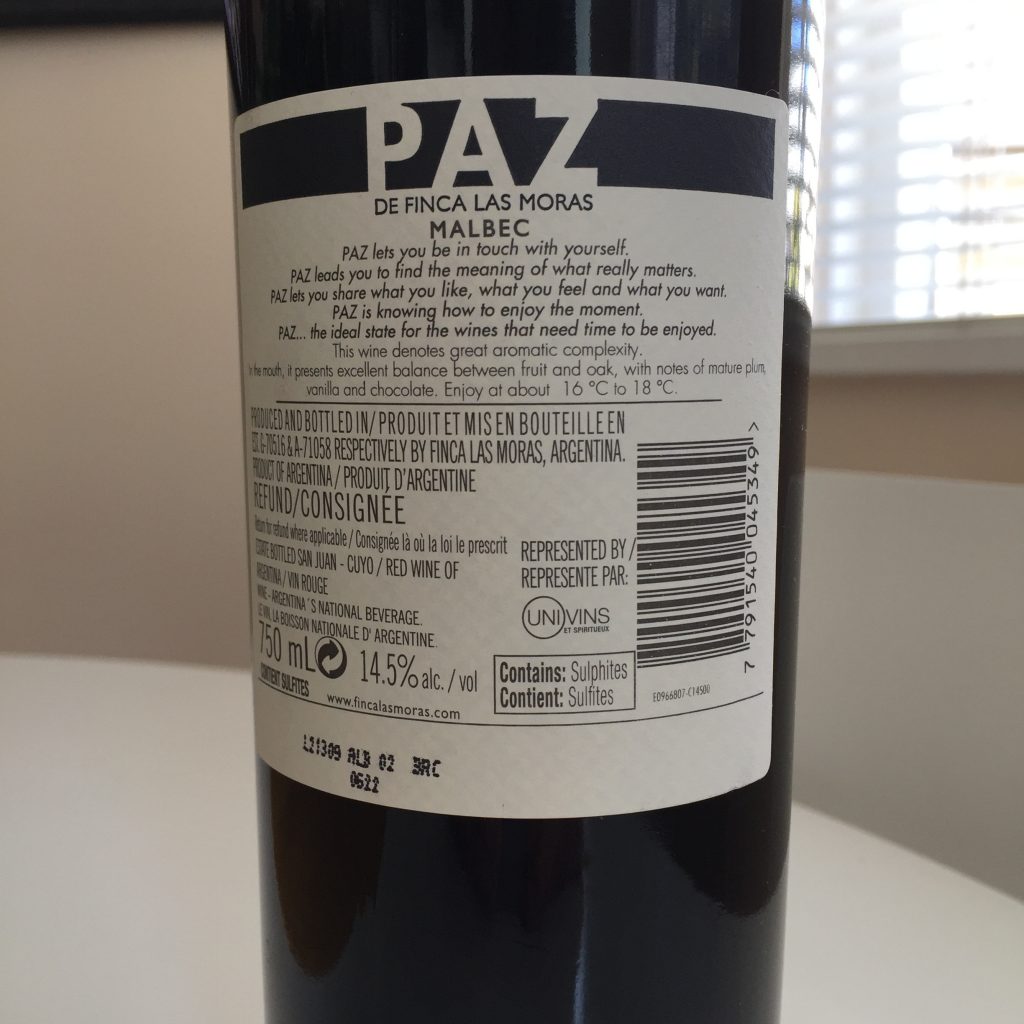I don’t have a favorite child but if you were to go by the photos on my phone it’s the dog.
Ordered new coats for my kids and for convenience I had them shipped directly to their school’s lost and found section
i was doing my taxes on turbo tax and next thing i know, they said i owe money. i never closed a website tab so fast
Every type of Italian sausage is a good name for a cat, every type of German sausage is a good name for a dog.
Having your 9 year old daughter pack for a sleepover is a great idea, as long as you’re fine with her taking 17 stuffed unicorns and no socks.
Turbo Tax is the worst computer game ever.
Hello. I’d like to report a felony. I sent my husband out to get supplies for a charcuterie board and he came back without any cheese.
My kids could never get away with a murder because they’d leave an empty fruit snack wrapper at the crime scene.
Marriage is just asking each other “What was that?” every time you hear a noise in the house for the rest of your life.
Our dog knows way too many phrases now, so my husband and I have resorted to talking like Victorian nobility to get anything by him. “Have you taken the dog on a brisk adventure recently? Would you escort the canine to the backyard, forthwith? Has he supped yet?”
